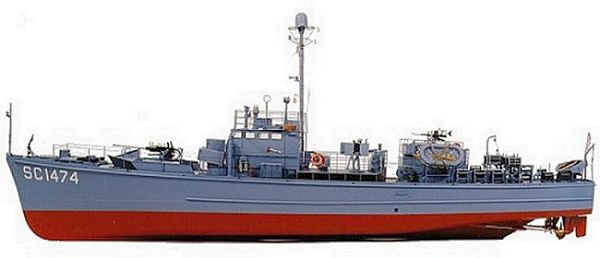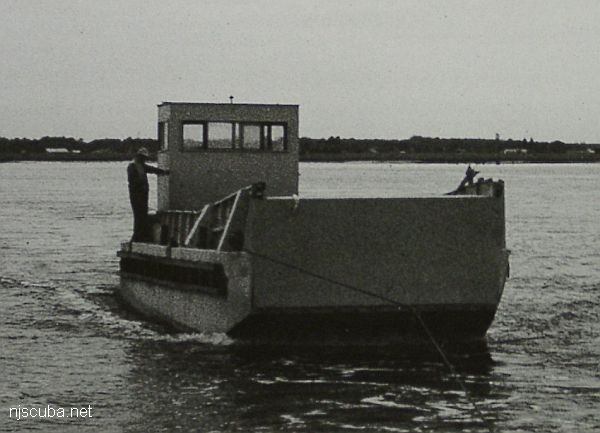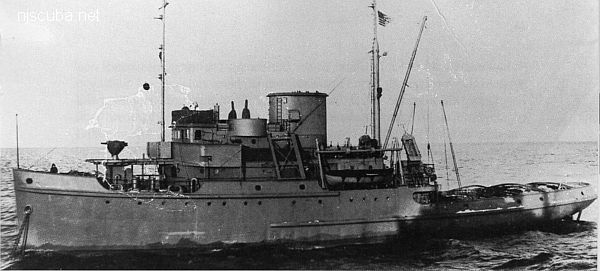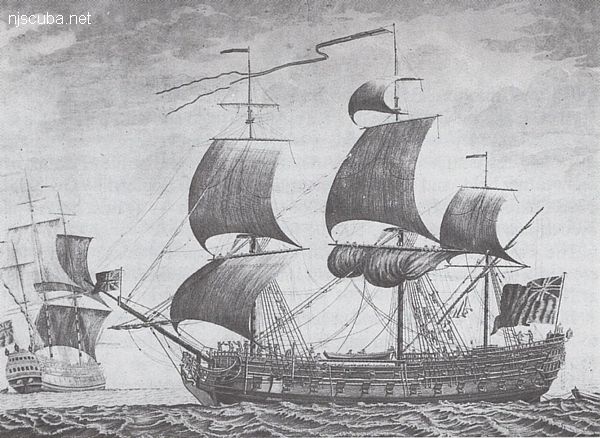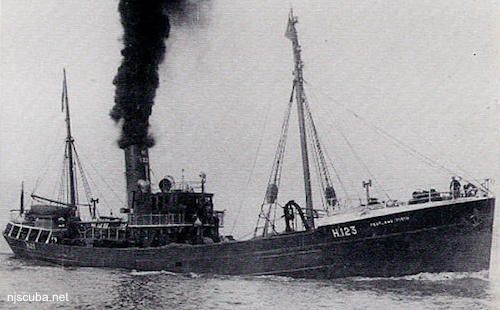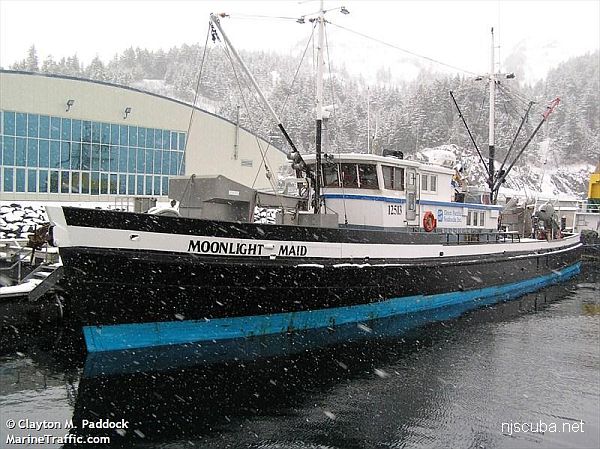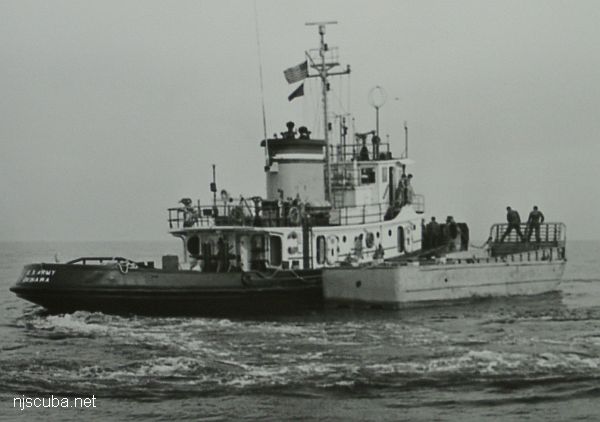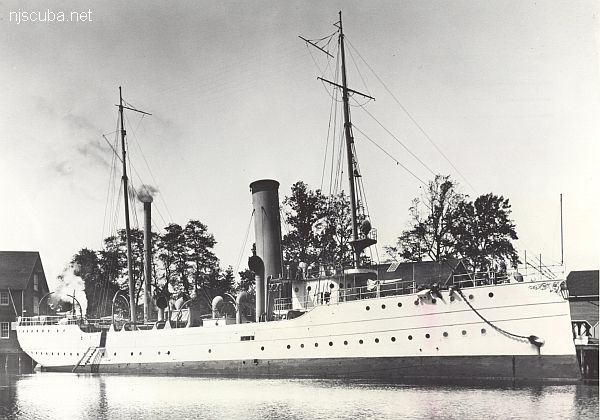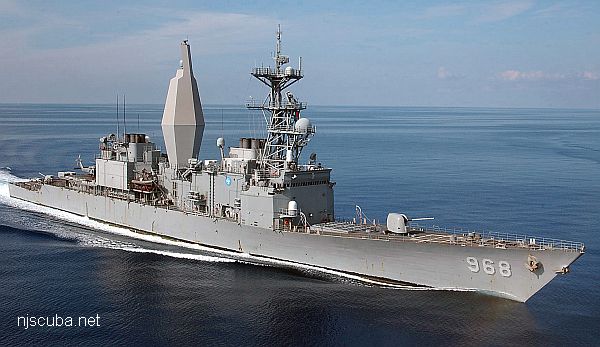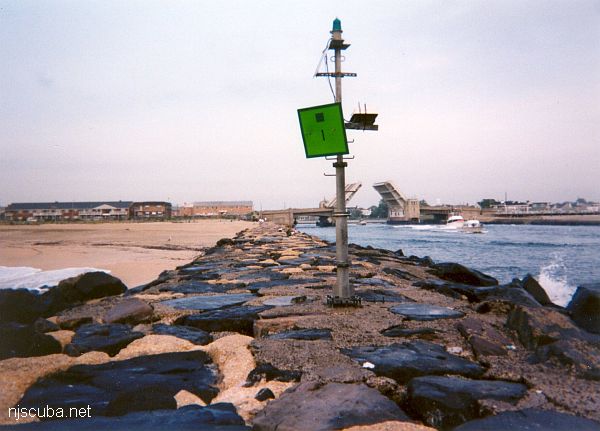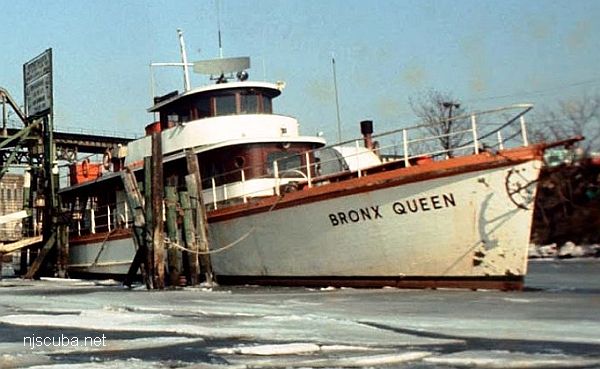
- Type:
- shipwreck, submarine chaser, later party boat, USA
- Built:
- 1942, Camden NJ USA, as SC-635
- Specs:
- ( 112 x 18 ft ) 99 gross tons, 19 crew, including passengers
- Sunk:
- Saturday December 20, 1989
foundered after structural failure of aft hull caused by improper modifications - 2 casualties - Depth:
- 35 ft
More: Bronx Queen SC-635 ...

